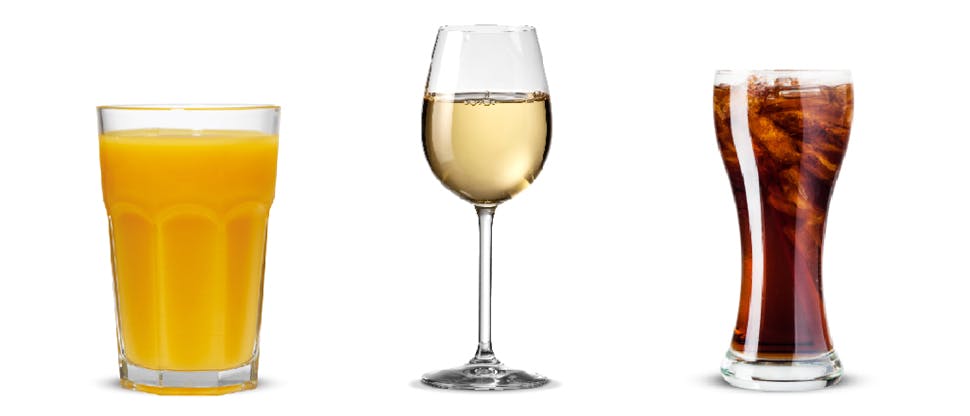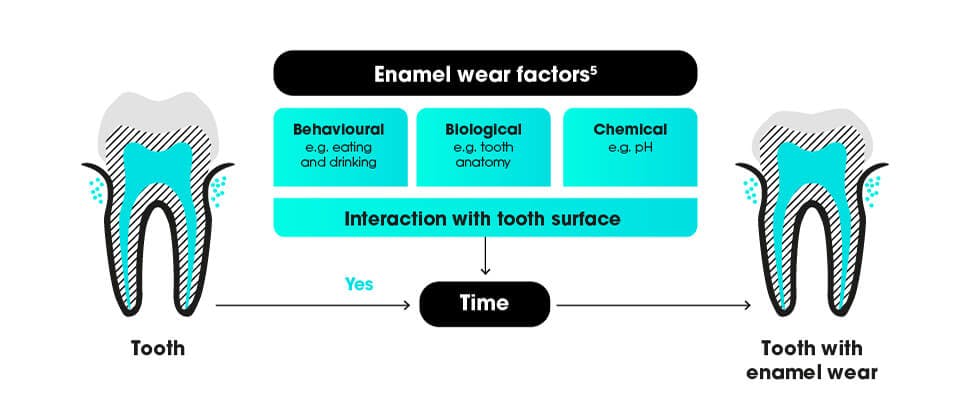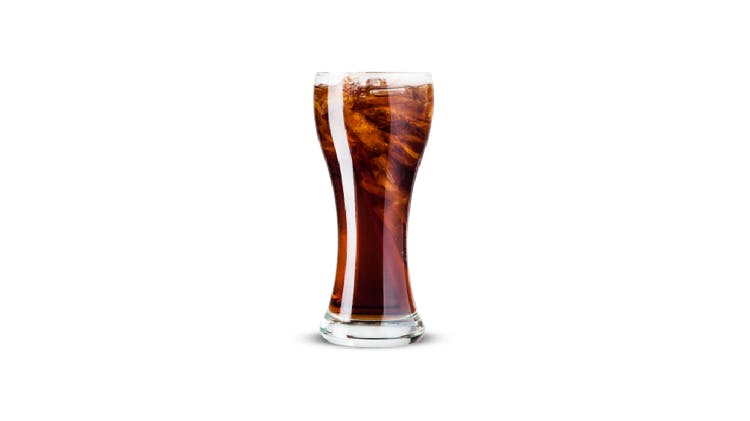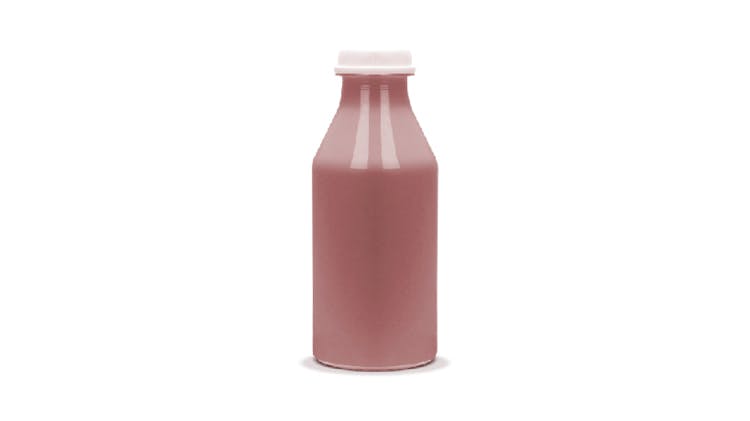Erosive Tooth wear Causes

Identifying some of the causes and mechanisms of erosive tooth wear
Although enamel is harder than any other substance in the body, over time it can gradually wear away.1 Here we explore the causes and mechanisms of erosive tooth wear.
Erosive tooth wear: demineralisation and remineralisation cycles
Enamel is equipped to respond to normal daily acid exposure. Brief periods of acid exposure trigger a demineralisation process that reduces the mineral density of the enamel surface, thereby weakening it.2,3Due to mineral-rich saliva, the enamel undergoes a natural process of remineralisation to restore its mineral density and the enamel is strengthened again.2,3Frequent exposure to acids, especially over long periods, can cause the remineralisation process to become overwhelmed, leaving enamel weakened. In this state, enamel is at risk of irreversible wear.2,3
Demineralisation and remineralisation after acid challenge

Erosive tooth wear is a progressive condition
Erosive tooth wear is most commonly caused by a combination of chemical agents and physical wear.5
Dietary acidic exposure results in the loss of calcium ions from the enamel surface layer.6,7 This softens the tooth surface, leading to an increased susceptibility to mechanical abrasion such as tooth brushing.8
Attrition, abrasion, erosion and abfraction can all lead to erosive tooth wear. Factors that increase the risk of erosive tooth wear include:9
- Frequent consumption of acidic foods and drinks
- Dietary habits, such as swilling drinks or snacking
- Gastric reflux or frequent vomiting
- Tooth grinding (bruxism)
- Acidic medication
Infographic adapted from Lussi et al. 20065
Erosive tooth wear in patients is partly caused by the wearing effects of acidic food and drink9
Modern diets bring increasing challenges to enamel9–11
Frequent intake of acidic or sugary foods reduces the mouth’s natural environment from a normal average pH of 6.7.12 This drop in pH becomes critical when it falls below a pH of about 5.5, leaving the teeth more at risk of erosive tooth wear.13
Increasing the risk of erosive tooth wear
Pronamel – helping protect your patients against erosive tooth wear causes
Impact on patient quality of life
Find out about the impact erosive tooth wear has on patients’ daily lives.

The Sensodyne Pronamel range
Find out how the Sensodyne Pronamel range can help your patients.




